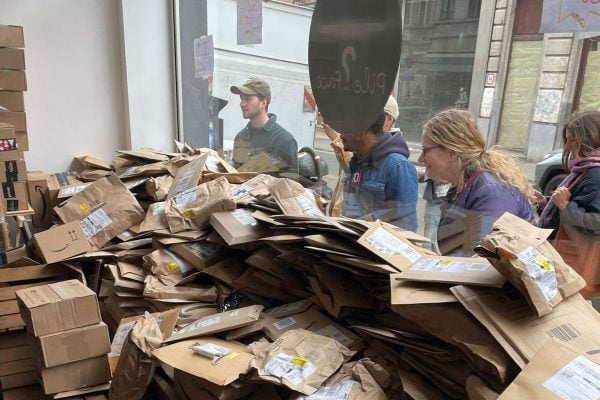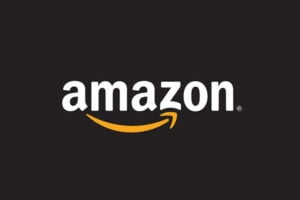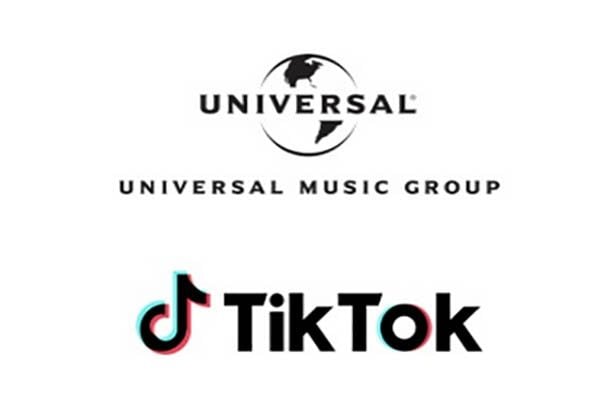‘Third-party sellers are kicking our first party butt, badly,’ is how the Amazon CEO Jeff Bezos describes Amazon sellers’ sale growth which have eclipsed the marketplace’s own first party retail sales revenue.
In a 2018 letter to shareholders released today, Jeff Bezos considers the rise of third-party sales over the 20 years. He says that independent small and medium-sized businesses (SMBs) have grown from 3% since 1999 to 58% in 2018.
|
|
|
|
|---|---|---|---|
| 1999 | 3% | 2009 | 31% |
| 2000 | 3% | 2010 | 34% |
| 2001 | 6% | 2011 | 38% |
| 2002 | 17% | 2012 | 42% |
| 2003 | 22% | 2013 | 46% |
| 2004 | 25% | 2014 | 49% |
| 2005 | 28% | 2015 | 51% |
| 2006 | 28% | 2016 | 54% |
| 2007 | 29% | 2017 | 56% |
| 2008 | 30% | 2018 | 58% |
Jeff points to Amazon’s first-party business which has also grown significantly over two decades. Amazon saw $1.6bn (£1.2bn) in 1999 soar up to $117bn (£89bn) this past year. The compound annual growth rate for Amazon’s first-party business in that time period is 25%. However, in that same time, third-party sales have grown from $0.1bn (£0.076m) to $160bn (£122bn) – a compound annual growth rate of 52%. To provide an external benchmark, Amazon compare eBay’s gross merchandise sales in that period which they say have grown at a compound rate of 20%, from $2.8bn (£2.1bn) to $95bn (£72bn).
Amazon CEO on merchants selling more on Amazon than on eBay
Jeff put down Amazon merchants’ success which beats eBay’s to “the very best selling tools we could imagine and build.” He stars listing the tools which help sellers manage inventory, process payments, track shipments, create reports, and sell across borders. However, of great importance, says Jeff, are Fulfillment by Amazon and the Prime membership programs.
Jeff says that the success of FBA and Prime is established to such a degree which makes consumers accept the service as normality. He pointed to the radical change and financial risk the introduction of these services required – and the need to invest to keep them attractive. Jeff explains that it is with intuition, heart, and nourished optimism Amazon launched programs they didn’t know would succeed today.
Amazon CEO challenges competitors
Concluding the letter, Jeff challenged Amazon’s top competitors, saying “you know who you are!” to match their employee benefits and their $15 (£11) minimum wage. Better yet, says Jeff, go to $16 (£12) and throw the gauntlet back at us – it’s a kind of competition that will benefit everyone.











7 Responses
Amazon have never made a profit as a pure play retailer. They will back out of primary sales in the next 2 years.
Not only Amazon saying this but also bol.com, Zalando – you read it here first, third party is the future
Sales for a lot of third party merchants are down though as the Amazon marketplace becomes more and more saturated. So the herd should begin to thin out at some point as survival of the fittest kicks in.
This seems like a double plea “We are not becoming increasingly monopolistic as people claim” – and “Please sell on our platform as many others do”.
But interesting to see the percentages (assuming they are true/accurate). Increasing from 3% to 30% in the first 10 years (+27%) and 31 to 58% in the second 10 years (+27%). 85% in 2028 (+27%)? Though that is a changing/declining rate of growth.
sales are good on Amazon but profits are down, there are too many people abusing of it, too many returns, too many unmotivated complaints. IMHO ebay and web site are the best marketplaces for sellers
Ha ha ha. Picked a tiny start point and showed growth from it. Oldest trick in the book.
Why not go back a few more years, Jeff, and pick a time when third-party sales were zero – then the compound average growth rate would be infinite. In fact — by picking the time period, you can more or less pick whatever growth rate you like…
Are the full set of figures released so that we can do our own calculations and draw our own conclusions?